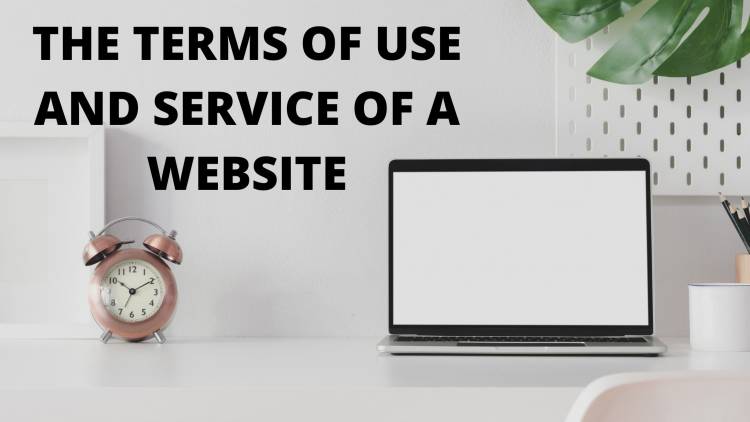Is Copyright a Monopoly? The Debate Over Intellectual Property Rights
Copyright has been a fundamental component of intellectual property law, aiming to protect creators' rights and encourage innovation. However, its role in society remains controversial. While some view copyright as a legal monopoly that restricts access and competition, others argue it is an essential tool for fostering creativity and ensuring creators are rewarded for their work. This blog examines both perspectives, exploring how copyright influences innovation, market competition, and access to cultural content. By analyzing the benefits and drawbacks, it seeks to determine whether copyright functions as a monopoly or serves the greater good.

INTRODUCTION
Copyright law is designed to protect creators and incentivize innovation, but critics argue that it functions as a monopoly, restricting access and limiting competition. This debate has significant implications for creativity, market control, and the free flow of information. In this blog, we explore both sides of the argument to determine whether copyright is a necessary safeguard or an obstacle to progress.
Understanding Copyright and Monopoly
Copyright is a legal framework that grants authors, musicians, filmmakers, and other creators the exclusive right to reproduce, distribute, and display their works for a limited period. The justification behind copyright is to provide financial incentives to creators, encouraging the production of more cultural and intellectual content.
A monopoly, in economic terms, refers to a market condition where a single entity has exclusive control over a product or service, limiting competition and often leading to higher prices. Critics of copyright argue that it fits this definition because it gives copyright holders control over the use and distribution of their works, preventing others from freely building upon or reproducing them.
The Argument for Copyright as a Monopoly
- Restricting Access and Innovation: Copyright prevents individuals from using or modifying copyrighted works without permission, which can hinder innovation. For instance, in software development and academic research, restrictive copyrights can slow progress and limit collaborative improvements.
- Artificial Scarcity: Unlike physical goods, digital content can be reproduced at near-zero cost. Copyright laws create artificial scarcity by restricting who can legally distribute or reproduce a work, sometimes leading to inflated prices for consumers.
- Corporate Control: In many cases, copyright protections benefit large corporations rather than individual creators. Media giants use copyright laws to maintain control over popular franchises, limiting independent creators from reinterpreting or remixing existing content.
The Argument Against Copyright as a Monopoly
- Limited Duration: Unlike traditional monopolies, copyright is not perpetual. In most countries, copyright lasts for the lifetime of the creator plus a set number of years (often 50 to 70 years). After this period, works enter the public domain, where they can be freely used and adapted.
- Encouraging Creativity and Investment: Copyright incentivizes creativity by ensuring that creators can benefit financially from their work. Without copyright protections, there would be little motivation for companies or individuals to invest time and resources into producing original content.
- Fair Use and Licensing: Copyright laws include provisions like fair use, which allow for limited use of copyrighted material without permission in certain cases, such as education, commentary, and parody. Additionally, licensing models like Creative Commons provide flexible copyright alternatives that balance creator rights with public access.
To know more about this you can follow the link below:
Finding a Balance
The real challenge lies in striking a balance between protecting creators and ensuring public access to knowledge and culture. Overly strict copyright laws can lead to censorship and monopolistic behavior, while overly lax protections might discourage innovation by making it difficult for creators to profit from their work.
Reforming copyright laws—such as reducing copyright duration, expanding fair use, or promoting open licensing—could help prevent abuses while maintaining incentives for creativity. Ultimately, whether copyright is seen as a monopoly depends on how it is structured and enforced.
Conclusion
Copyright plays a crucial role in protecting intellectual property and fostering creativity, but its implementation remains a subject of debate. While it grants creators exclusive rights over their work, it can also lead to restrictions that limit innovation and access to knowledge. Whether copyright is viewed as a monopoly or a necessary safeguard depends on how it is applied and regulated. Striking the right balance is essential to ensure both the protection of creators and the promotion of cultural and intellectual growth. As discussions on copyright reform continue, it is vital to consider both its benefits and its potential for misuse to create a fair and dynamic intellectual property system.












